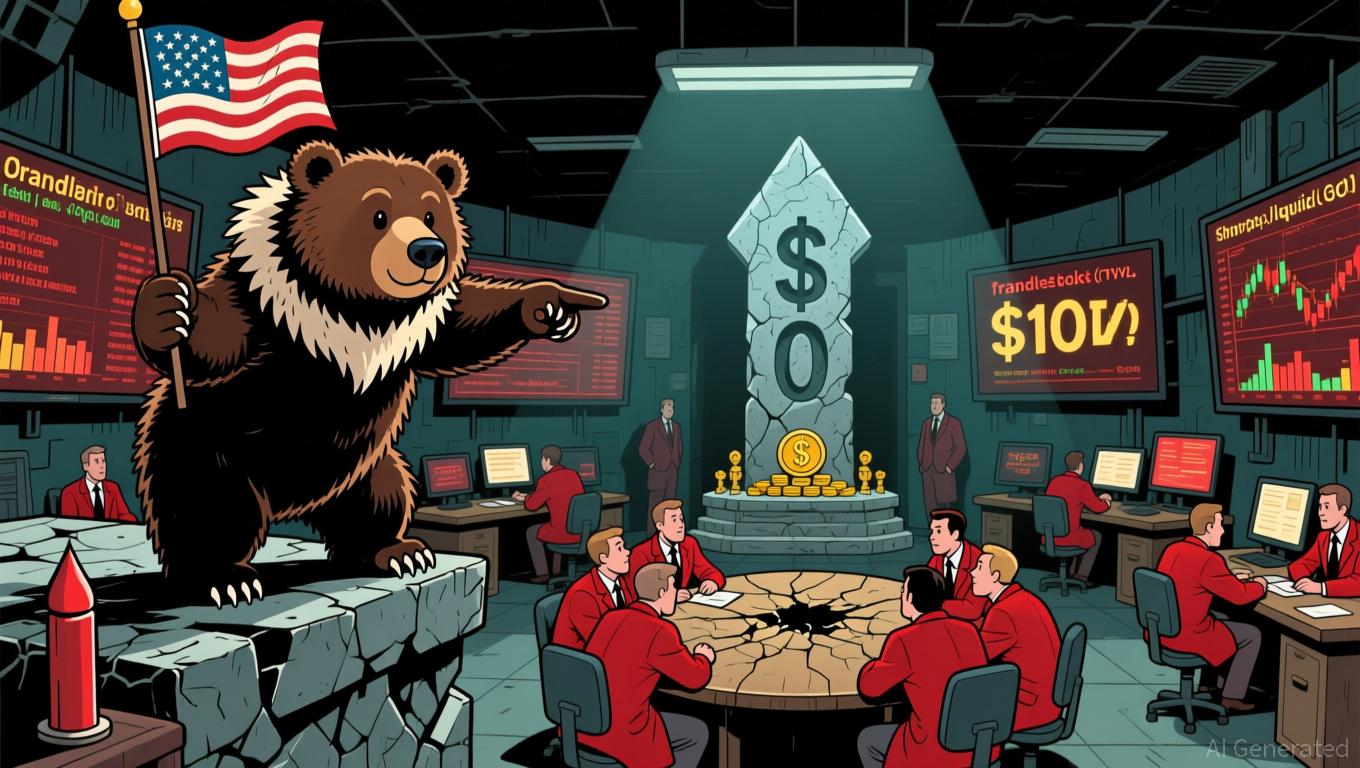Ark Investment Management, established by veteran investor Cathie Wood, oversees approximately 10 ETFs that concentrate on cutting-edge technologies. The company publishes its "Big Ideas" report annually, and the 2025 edition highlights the potential for autonomous vehicles to transform ride-hailing into a $10 trillion sector over the long run.
Tesla (NASDAQ: TSLA) stands out as a major innovator in self-driving technology. Its upcoming Cybercab robotaxi is set to begin large-scale production next year, and CEO Elon Musk has ambitions to launch a fully autonomous ride-hailing network operating 24/7.
Yet, Tesla may be lagging behind. Uber Technologies ( UBER 1.32%) runs the globe’s largest ride-hailing platform and has teamed up with at least 20 companies working on autonomous vehicles and delivery robots. Several of these partners are already handling thousands of paid rides daily.
If you’re considering investing in the autonomous vehicle sector, here’s why Uber shares currently offer a more compelling opportunity than Tesla.

Image source: Getty Images.
Tesla faces challenges matching Uber’s reach
Developing a reliable autonomous vehicle is just one aspect of tapping into the self-driving ride-hailing market. No matter how advanced the car, users won’t stick with a service that can’t provide a ride quickly whenever they need one. Uber has refined this experience, which is why 180 million people use its app every month.
During an investor call in August, Uber CEO Dara Khosrowshahi emphasized that the company already possesses the infrastructure needed to thrive in the autonomous age. With 15 years of experience optimizing vehicle deployment in major cities worldwide, Uber has mastered the key to running a profitable operation.
For instance, if a company doesn’t put enough vehicles on the road, it can’t deliver a seamless experience. But if it deploys too many, up to 95% could remain idle during slow periods, severely hurting profitability.
This explains why 20 autonomous tech companies have joined forces with Uber, and that list continues to expand. Among them is Alphabet's Waymo, which now completes more than 250,000 paid self-driving rides each week across five U.S. cities. In some locations, Waymo uses both its own and Uber’s networks, but in Austin and Atlanta, it relies solely on Uber.
In July, Uber also entered a partnership with China’s Baidu, owner of the Apollo Go robotaxi service, which has delivered over 14 million autonomous rides in China and the Middle East. This collaboration could help Uber grow its footprint in these regions. Additionally, Uber recently agreed to roll out 20,000 of Lucid’s upcoming autonomous electric vehicles over the next six years, developed in collaboration with Nuro AI.
Tesla will find it difficult to keep up with the increasing number of autonomous vehicle brands joining Uber’s network. Tesla’s full self-driving software still lacks approval for unsupervised operation anywhere in the U.S., which could hinder the Cybercab’s rollout next year. On top of that, Tesla must build a ride-hailing network from the ground up, with no certainty that consumers will embrace it.
Uber shares appear undervalued compared to Tesla
Autonomous vehicles have the potential to dramatically improve Uber’s cost structure. In the second quarter of 2025 (ending June 30), Uber paid $20.8 billion to its 8.8 million human drivers—the largest portion of its $46.7 billion in gross bookings (the total amount spent by customers on the platform). If self-driving cars can cut or eliminate this expense, a greater share of Uber’s bookings would translate directly into revenue.
To illustrate, Uber’s trailing-12-month revenue stands at $47.3 billion, giving its stock a price-to-sales (P/S) ratio of just 4.3—a hefty 73% lower than Tesla’s P/S ratio of 16.3 (as of this writing).
PS Ratio data by YCharts
Uber’s revenue climbed 16% in the first half of 2025, while Tesla’s revenue actually dropped by 12%, making the valuation gap even harder to defend.
Tesla’s stock also trades at a lofty price-to-earnings (P/E) ratio of 248, which is seven times higher than the Nasdaq-100 index’s P/E of 33.4. At these levels, it’s tough to justify buying Tesla shares, regardless of Uber’s performance.
If Ark Invest’s prediction about autonomous ride-hailing becoming a $10 trillion industry proves accurate, Uber seems far better positioned than Tesla to seize this opportunity. Considering the valuation difference as well, Uber stock looks like the obvious pick for investors wanting exposure to this emerging market.



